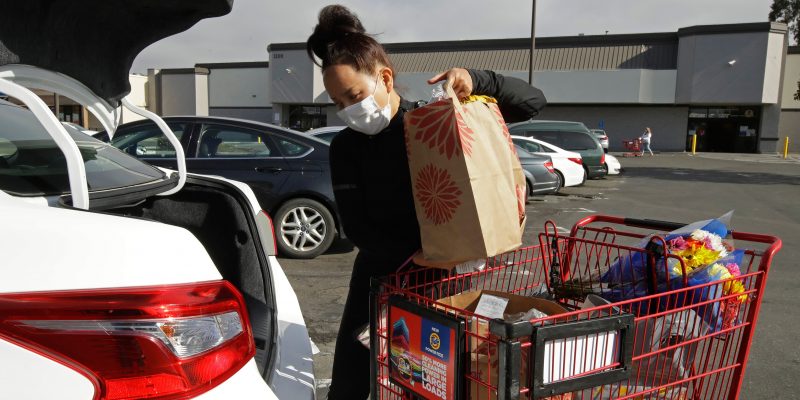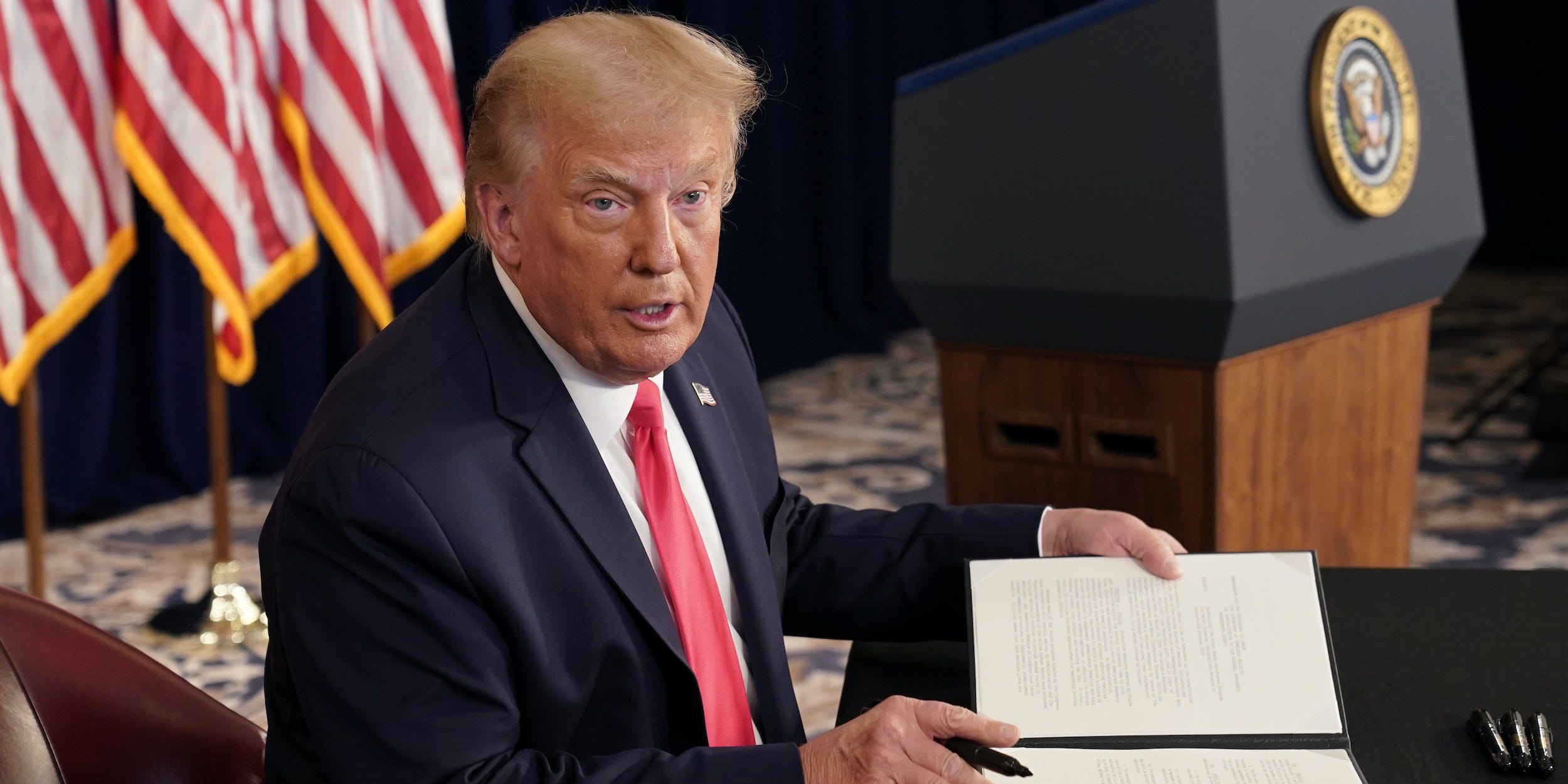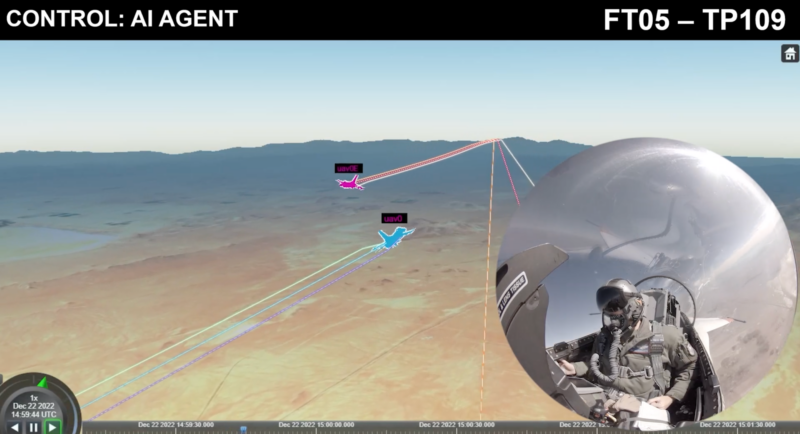- President Donald Trump is pushing states to set up a program for a $300 weekly supplement to state unemployment benefits from the federal government.
- 40 states are approved for the federal payments, and six have started distributing the money to jobless people.
- But it mandates that people must earn at least $100 in state benefits, a threshold experts say could leave out up to 1.5 million part-time and gig workers from getting federal aid.
- “The people I’m most worried are those who are doing their best to try and get back to work,” said unemployment expert Michele Evermore.
- Visit Business Insider’s homepage for more stories.
President Donald Trump is seeking to implement a $300 weekly supplement to state unemployment benefits for jobless people, known as the “Lost Wages Assistance” program.
The weekly federal supplement is $300, but states were given the option to kick in another $100 under revised guidelines from the Trump administration.
The federal government has approved 40 states for the federal unemployment payment, and six have started paying out the money already. It’s a 50% cut from the $600 level it was before expiring at the end of July. Experts say the aid could last just over a month once states get it up and running over the coming weeks.
But one element within the directive has raised concerns about its potential to exclude some low-earners. It contains a provision stating that jobless people only qualify for federal aid if they already get at least $100 in state benefits every week.
Put another way, the unemployed must already be receiving government help - so they're eligible for extra government help. Workers that could be left out include part-time, low-wage and gig-economy workers, some of whom previously collected the $600 federal benefit that expired in late July.
Read more: 3 Wall Street analysts lay out exactly what you need to know about Trump's coronavirus orders
"The people I'm most worried are those who are doing their best to try and get back to work," Michele Evermore, a senior policy analyst at the National Unemployment Project, told Business Insider. "They're getting a partial benefit, and that benefit will fluctuate weekly and drop below $100."
Ernie Tedeschi, a former economist in the Obama administration, estimated around 1 million to 1.5 million workers may end up ineligible for the federal assistance. He said younger workers with limited work histories and others who jumped in and out of the labor force due to family care obligations were also at risk.
Low-earners are most at risk of being rendered ineligible
"They're people who were already low-earners before they lost their job," Eliza Forsythe, a labor economist and professor at the University of Illinois, told Business Insider.
She estimated that 6% of unemployed people on state unemployment insurance receive less than $100 week in benefits, and said they were disproportionately women.
But she said the overall figure is likely higher since her projection didn't include people in federal programs like Pandemic Unemployment Assistance (PUA). That was set up for gig workers and independent contractors usually not eligible for state benefits.

However, guidance from the Labor Department released last month indicates that people receiving PUA benefits qualify for the $300 top-up.
Andrew Stettner, a senior fellow at the left-leaning Century Foundation, said the $100 benefit threshold would compel some workers to get by with little aid and delay the arrival of the money.
"Some workers who've been getting the benefit in the past won't be eligible for aid and they'll have to subsist on a very small amount," Stettner told Business Insider. "And the second is it's gonna really slow down to get the money out quickly since they have to use another screen."
Only nine states pay out minimum benefits above $100, according to the Department of Labor.
The number of weekly jobless claims remains extremely high five months into the pandemic. The Labor Department said Thursday that over one million people filed for unemployment the prior week, ending a short dip earlier in August. The unemployment rate stands at 10.2% - a figure higher than the Great Recession.
Congress is still deadlocked on negotiations for a next stimulus bill. Additional aid to states and a federal boost to unemployment benefits form two of the biggest rifts between Democrats and Republicans. It led Trump to sign the executive orders, which had little immediate effects.
Forsythe said the program laid out in the memo may keep some part-time workers earning partial benefits from reentering the workforce, since they could lose out on the $300 federal supplement if they start earning more.
"All of this discussion about a disincentive to work, that's a very explicit disincentive to work," Forsythe said. "You start working a little bit and you lose out on this $300."
The story has been updated from mid-August.











